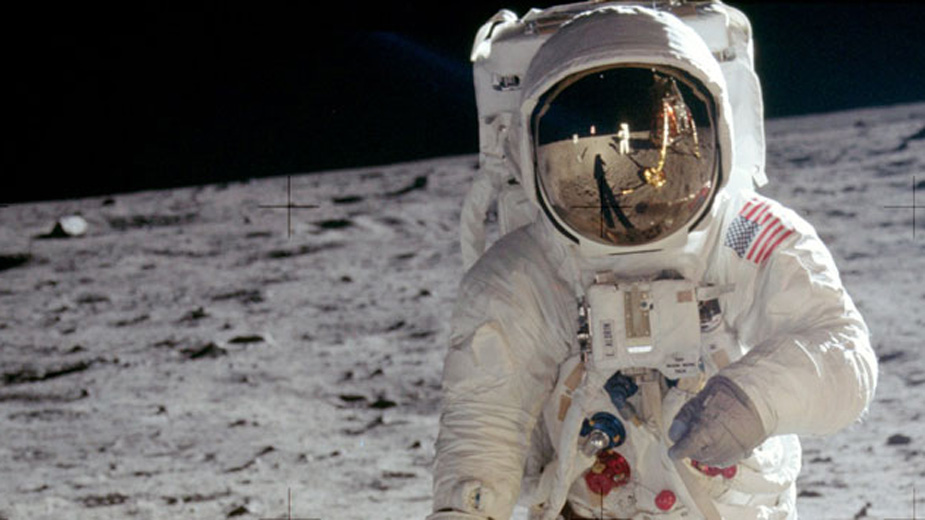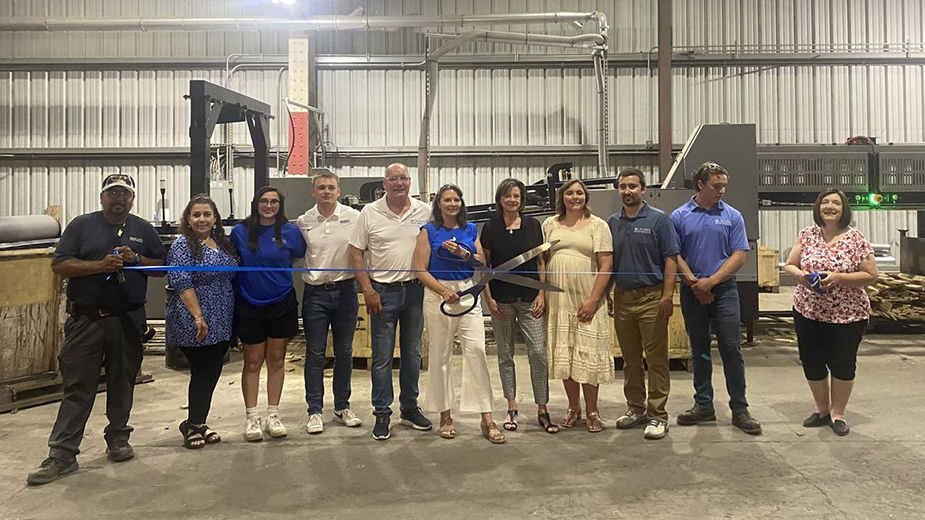To the Moon – at the Heinz History Center
By Pat Springer
YOUNGSTOWN, Ohio — Two questions define the youth of my baby boomer generation. Where were you when President Kennedy was shot? Where were you when we landed on the moon? Both times, we stopped what we were doing– but for far different reasons. Mourning the death of a president was an era of despair. Applauding our nation’s momentous technological and scientific achievement provided a summer of national pride.
Kennedy’s assassination tore at the soul of our country and dashed the hopes of many for a brighter future. Six years later, however, fulfilling Kennedy’s promise that he made before his death, Neil Armstrong stepped foot on the moon and brought a renewed sense of accomplishment and togetherness to a nation that was still struggling with an unwinnable war.
In today’s divisive political climate, those feelings of pride and accomplishment are nowhere to be found. This sense of loss is heightened when touring the exhibit, Destination Moon, currently on display at the Senator John Heinz History Center in Pittsburgh.
To commemorate the upcoming 50th anniversary of the mission, the Heinz History Center partnered with the Smithsonian to host Destination Moon: The Apollo 11 Mission.
The current display of the journey tells the birth and history of the space program, relays the stories of many of the thousands of people who worked in it, showcases more than 100 artifacts, and allows you to listen to some of the conversations between the Apollo 11 crew while in orbit and on the moon.
The highlight of the exhibit, though, is seeing the Command Module Columbia, the only portion of the Apollo 11 spacecraft to land men on the moon and, after their eight day ground-breaking journey, return them safely to earth.
The Apollo spacecraft consisted of three parts: the command module, Columbia, housing the crew and supplies; the lunar module, Eagle, named after our national emblem; and the service module responsible for all propulsion.
What a long way the nation had come since President Kennedy’s May 25, 1961 speech to Congress! At that point, the United States had been jolted by Russia’s initial winning spot in the space race. On April 12, 1961, they launched Yuri Gagarin, the first human into space. A month later, on May 5, the U.S. jettisoned Alan Shepherd, a Navy test pilot in the Mercury program. The race was on.
Three weeks later, Kennedy challenged the country to put a man on the moon and bring him back safely by the end of the decade. As a result, more than 400,000 engineers, scientists, and technicians and 20,000 corporations united to successfully meet that challenge.
Pittsburgh companies such as Alcoa, Westinghouse, Rockwell, Allegheny Ludlum, American Bridge (a division of U.S. Steel), Cyclops and PPG played prominent leadership roles.
Elaine Arrington, a Pittsburgh native stationed at nearby Wright Patterson Air Force base in Dayton, was among the best and the brightest minds. Arrington was the first African American woman to receive an engineering degree from Pitt. A colleague’s prominent story, that of Katharine Johnson, was featured in the movie Hidden Figures.
The Apollo program, whose goal was to test the orbiter and lander in both earth and lunar orbits and then land on the moon, was the third in the space program. The goal of Mercury, the first stage, was to determine if someone could function in earth orbit and return alive. The goal of the second stage, Gemini, was to perfect rendezvous and docking, to test the ability to walk in space, and to ultimately survive up to two weeks in orbit.
Its culmination, on July 16, 1969, at 9:32 a.m. was the launch of Apollo 11, the fifth in the program, from the Kennedy Space Center with Neil Armstrong, Buzz Aldrin, and Michael Collins aboard the spacecraft. The moon landing occurred four days later on July 20. Mission Commander Armstrong and Lunar Module pilot Aldrin were the only two to step on the moon, spending more than 21 hours on its surface. Command Module Pilot Collins piloted the mother ship in lunar orbit until Armstrong and Aldrin returned.
The exhibit reminds us of a time in this country when we worked toward a shared goal and when our commonalities far outweighed our differences. By no means was it a perfect era, but seeing that flag planted on the moon’s surface on a hot summer July day in 1969 evoked an extraordinary sense of patriotism not experienced since.
The exhibit runs through Feb. 18, 2019. Hours for the museum, 1212 Smallman St. (in Pittsburgh;s Strip District) are 10 a.m. to 5 p.m. daily. Regular admission is $18. Seniors pay $15.
The exhibit, in partnership with the Smithsonian, previews part of a spectacular new gallery opening in Washington in 2021.
Copyright 2024 The Business Journal, Youngstown, Ohio.



